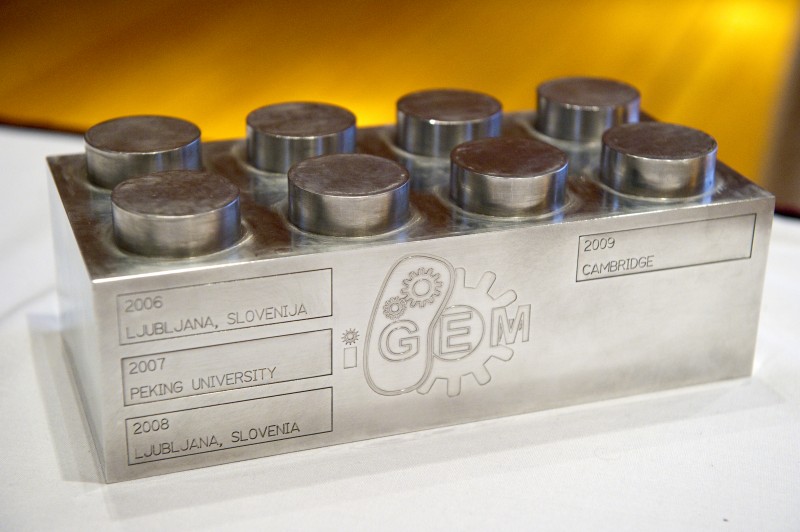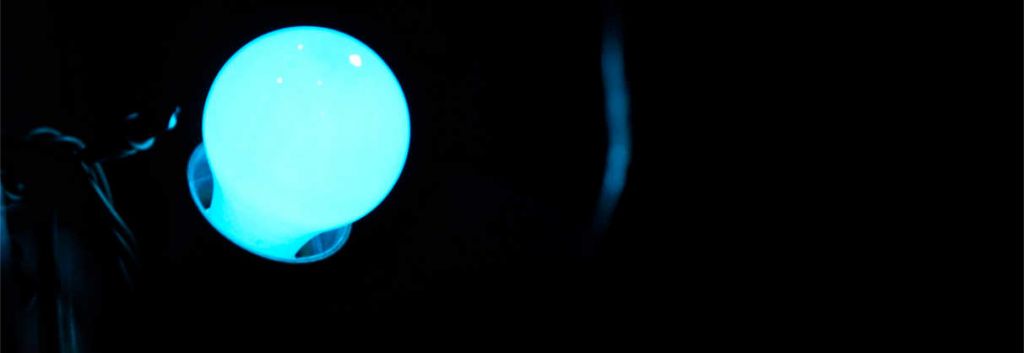A group of undergraduate researchers at Newcastle University has created a lightbulb from genetically engineered E. coli. In the pipeline are also a hybridised batteries, a capacitor, and a resistor, and the forthcoming circuit will serve as the team’s entry into 2016’s iGEM competition.
 We’ve heard of fungi furniture, but synthetic biology is extending tendrils into another area of interior design: lighting. A team of undergraduate students at Newcastle University in the UK has developed a bacteria-based lightbulb under the guidance of Professor Anil Wipat.
We’ve heard of fungi furniture, but synthetic biology is extending tendrils into another area of interior design: lighting. A team of undergraduate students at Newcastle University in the UK has developed a bacteria-based lightbulb under the guidance of Professor Anil Wipat.
The group’s genetically engineered E. coli generates bioluminescence upon stimulation with electricity: when a heat-stress promoter is encoded into the genome, the bacteria produce a fluorescent bacteria in response. This lightbulb will be integrated into a larger circuit comprised of hybrid batteries, capacitors, and resistors, and its success marks another exciting development in the budding field of bioelectronics.
Newcastle University’s project, titled “Culture Shock,” is its entry into this year’s International Genetically Engineered Machine (iGEM) competition, the world’s biggest competition to advance education and collaboration in synthetic biology. Knight’s vision was to build a lego-like system of biological components that can be pieced together to form much larger systems. With this in mind, the Newcastle team began their project to integrate biological and electrical machinery.

Their hybrid circuitry has the “potential” to address the challenges in space travel regarding equipment endurance: a Mars rover would benefit from improved reliability and capacity to heal itself, given the lack of available material once its mission is underway. Here on Earth, you might be wondering why this is more useful than a regular lightbulb, since the ‘living lightbulb’ is still reliant on electricity, but the significance of this project is really its foundational contribution as a prototype in bioelectronics.
A few other European teams were similarly inspired by the fusion of biology and electricity in circuits: FAU-Erlangen is tackling the growth of bio-solar cells using semi-conducting Curli fibres from E. coli as a structural basis, and NTNU-Trondheim is developing a biological analog of a logic gate. Keep an eye out for these groups once the competition kicks off in October!





